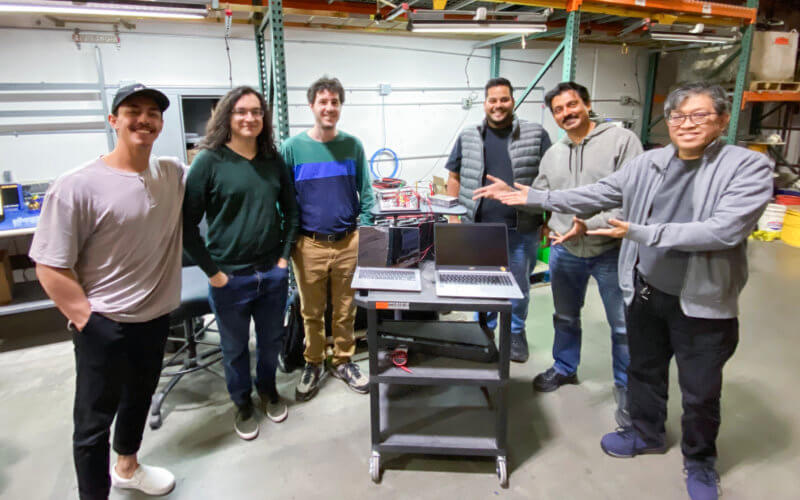
For their top senior project, future computer engineers created innovative designs using smart technologies: self-driving robots powered by artificial intelligence to deliver mail across campus, drive-thru ATMs using facial recognition and industry-backed projects focused on communications A device that monitors forklift batteries.
Students use the technical skills they learn in the classroom to solve real-world problems or come up with new ideas.
“The course is designed to simulate a full-scale engineering design experience comparable to what students encounter in industry,” said faculty advisor Kiran George, professor of computer engineering and CSUF’s 2020 Distinguished Faculty Award. “Students are able to connect the theoretical concepts they learn in the course and apply them to real-world applications.”
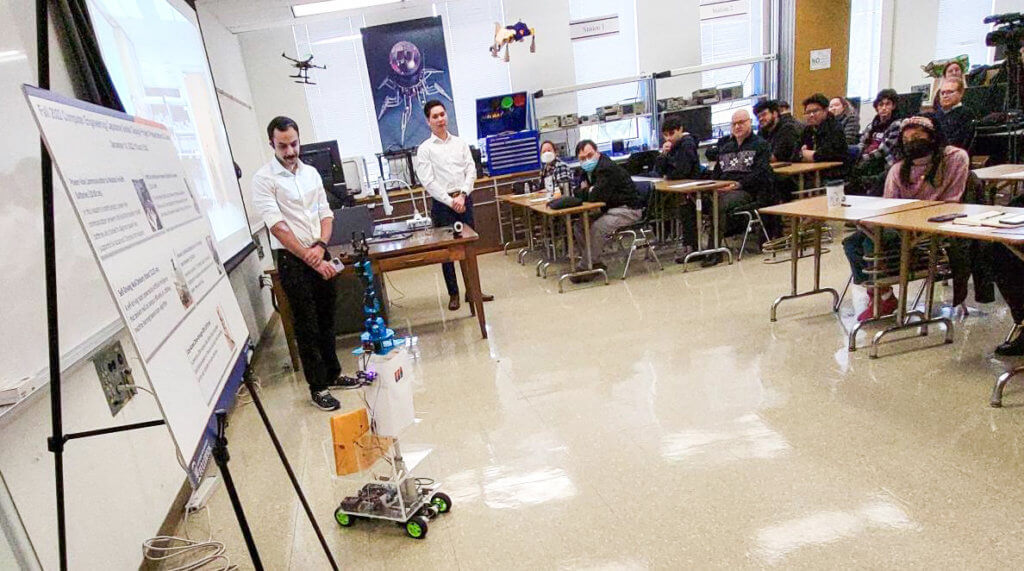
As part of a two-semester, multidisciplinary hands-on course, Cal State Fullerton seniors develop and build functional prototypes using computer hardware and software components. These projects prepare students for the workplace by asking them to think independently, participate in research, and brainstorm ideas.
“Students gain experience in harnessing creativity and versatility to design work with real socio-economic constraints,” said George. “They develop a range of skills such as creating feasibility studies, project planning, design development, time Budget and division of tasks among team members.”
Students graduating this month shared their projects in December. 16 Computer Engineering Capstone Senior Design Project Demonstration and Demonstration.
Dominic Jacobo, Cayden Sarvis, and Stewart Watkins are involved in a project supported by Advanced Charging Technologies Inc. Located in Fountain Valley, is a leader in cloud-based integrated solutions for forklift battery and charging technology.
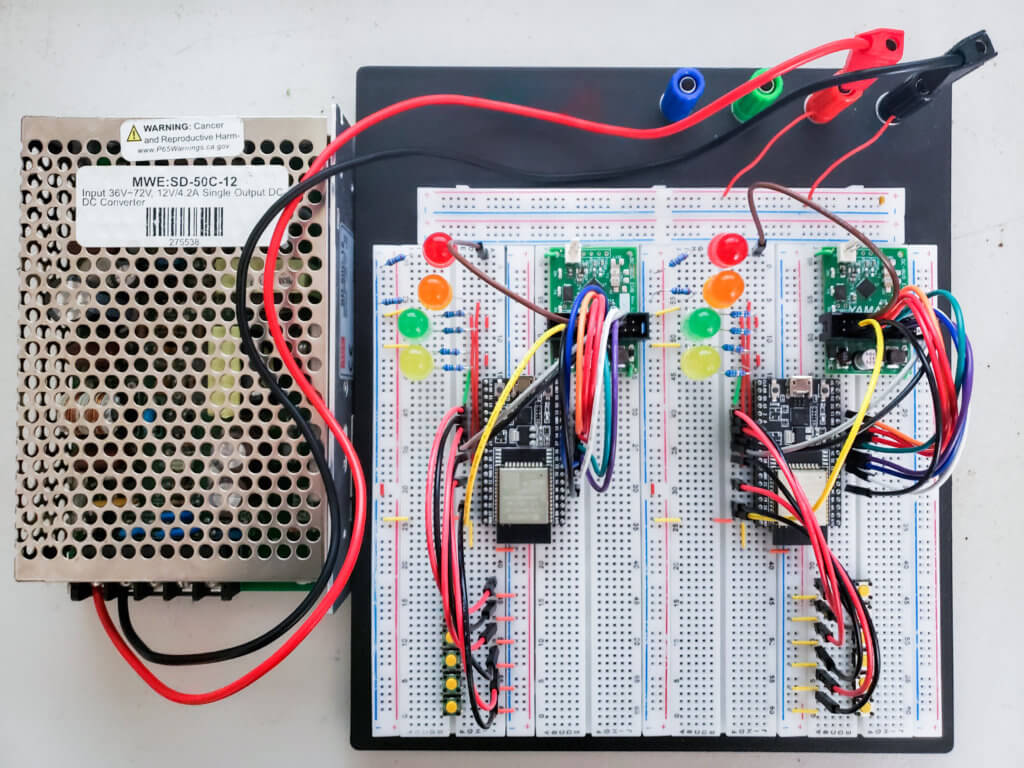
Titled “Powerline Communications for Monitoring Forklift Batteries,” the project focuses on communication between devices that monitor forklift battery performance and related data.
“We looked at a device designed to monitor the battery of a forklift and communicate over the power line. The purpose of our research was to test the reliability of the communication between two of these devices,” Watkins said.
Team members learned about embedded processors — computer chips embedded in various machines that act like small computers using microprocessors. Working on the program provided skills and experience for their future careers, Watkins said, aiming to work in computer architecture at a microprocessor company.
“Working on industry projects is challenging,” he said. “But once we’re done, I feel like I’ve proven to myself that I’m ready to join the engineering team.”
The other January 2023 computer engineering graduates and their capstone design projects are:
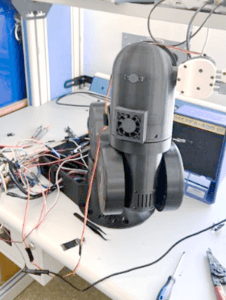
“Remote-controlled robotic arm for hazardous environments,” which uses remote-controlled 3D-printed robotics to be deployed in hazardous environments, such as chemical plants, mines, and oil rigs. The team members are Jacky Tsai, Stefan Lam, Angel Rodriguez and Alex Tran.
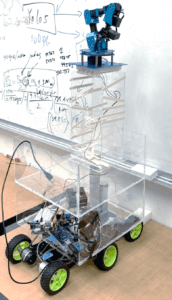
The “Unmanned Mail Delivery Robot” is an artificial intelligence-driven self-driving robot that delivers mail on campus through machine learning-based vision algorithms. Team members include Salman Alsabah, Steven Phan and The Trinh.
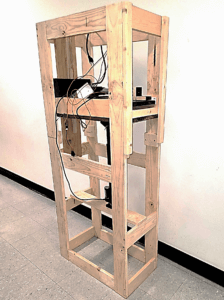
The “Easy-Access Drive-Thru ATM” uses facial recognition and distance sensors to measure itself and adjust itself based on the driver’s position to facilitate ATM access, especially for people with disabilities. Team members include Abdulaziz Almesafer, Raul Amao, Zachary Andow and Alec Shute.
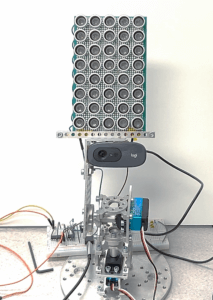
“AI-powered directional speakers” are an innovative approach to delivering directional audio that follows the user. Facial recognition software detects the user and rotates the speaker to the user’s direction as the user moves. The team members are Mariam Mousa, Alexander Solano and Peter Tran.